GET IN TOUCH
- Please wait...
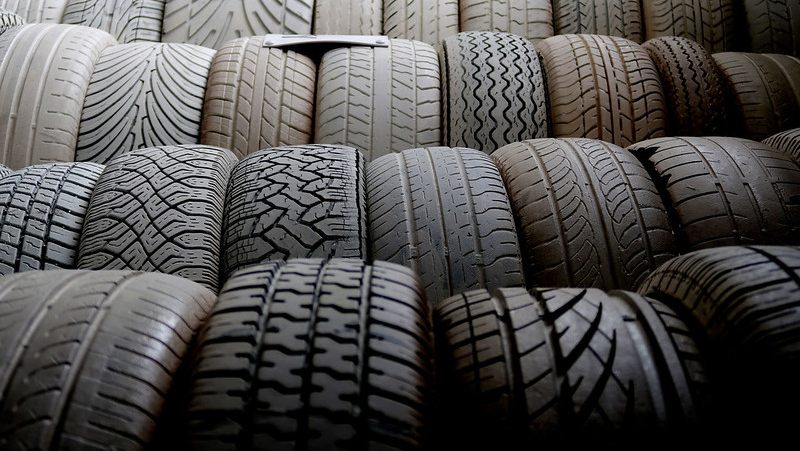
The tyre industry is among the most import-dependent industries in Bangladesh. According to a recent report released by TechSci Research, the industry has been set to grow at over 9% CAGR until 2020. The latest budget has also endowed the industry with a tax break to foster local manufacturing. With increasing GNI (Gross National Income) per capita and advancement in urbanization, the industry has been experiencing expansion with improving profitability.
This industry overview addresses the tyre industry from various aspects, including the existing demand trend, supply dynamics, and the overall condition of the industry. A survey was conducted, especially targeting a convenience sample of private car owners, to gain and determine the preferences of the consumers.
The demand trend of the industry has been driven by numerous factors, including increasing automobile sales, the advancement in the public transportation infrastructure, and increasing GNI per capita.
According to Bangladesh Road Transport Authority’s (BRTA) vehicle registration statistics, a total of 896,193 vehicles had been registered in Dhaka alone up to June 2015.
The factors behind the development of the industry include Pragati Industries’ introduction of Mitsubishi Pajero sport vehicles in the local market. Chittagong’s industrial giant PHP has also signed a contract with Malaysia’s Proton to locally sell 1,200 sedans annually. With all these movements, the latest finance bill has also proposed a tax break to counter dependency on imports.
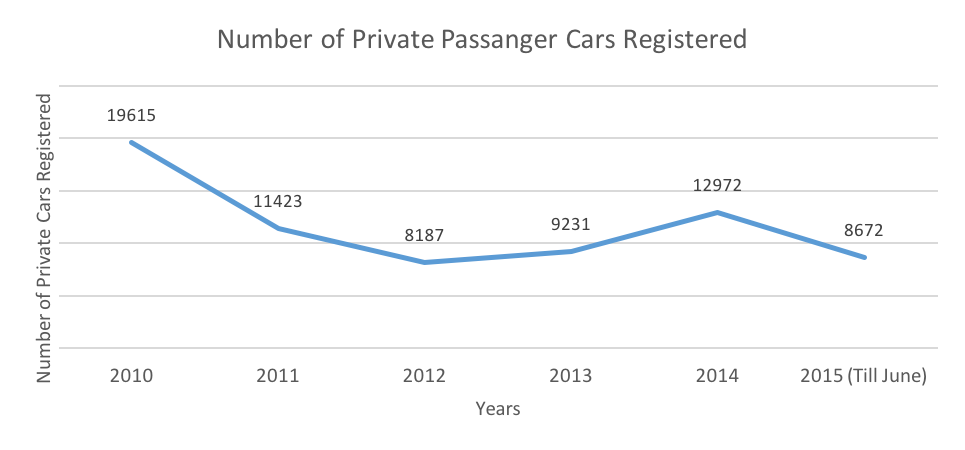
Source: BRTC, BRTA
These developments come under the backdrop of Bangladesh achieving lower-middle-income status on a recent World Bank classification.
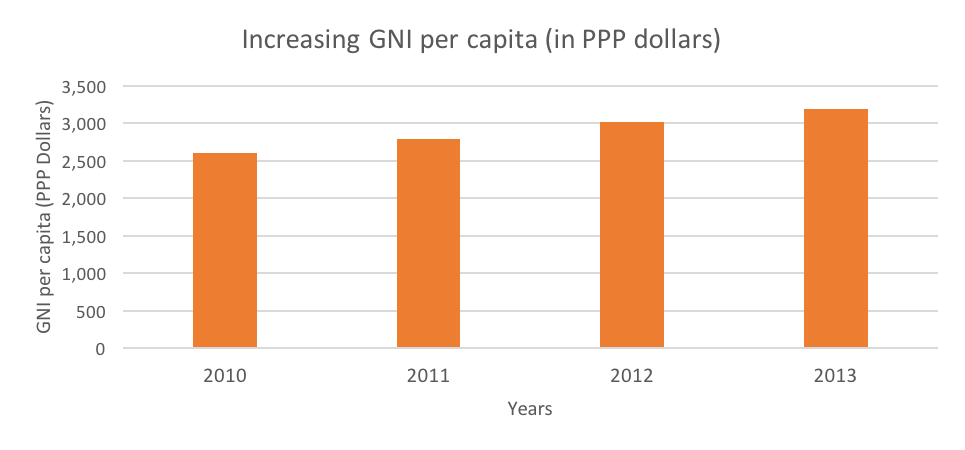
Source: World Bank, Trading Economics
Till date, market share in the industry has been mainly dominated by two-wheeler tyres as the number of two-wheeler vehicles exceeded the number of any other vehicle by a notable amount. As of 2014, according to retailers, quality improvement of locally made tyres for big buses and trucks will ensure more market share. On the other hand, rural-based three-wheeler vehicles also grab a big chunk of the market. Nearly 20,000 of these vehicles are sold every month (Brac, 2014).
According to the survey, most of the purchases are found to be influenced by retailers, followed by mechanics and peer recommendations on an equal level. Customers also picked retailers as their favorite locations to make purchases. This clearly shows that a retailer, for the most part, plays a crucial role in the decision-making process for purchases, and a good manufacturer-retailer relationship goes a long way towards making a dent in sales.
In terms of characteristics, Durability is the most popular factor, which buyers look for in tyres, followed by price and quality which are given equal importance. Performance and recommendations from mechanics follow on the list. On the other hand, peer pressure, symbols of social status are found to play a limited role.
In addition, the customers were found to pose no brand loyalty. More than 50% of the customers surveyed agreed to switch their brand for an increase in price. The same thing happened in cases of quality and locality. This shows that price, quality, and convenience are the top factors that induced brand switching decisions.
Till date, there have been more than 20 brands in the country with Dunlop and Yokohama being the market leaders. The local ones include the Gazi Group, Apex Husain, Meghna Group, and Rupsha Tyres. However, available local production only covers tyres for light trucks, microbuses, motorcycles, autorickshaws, and easy bikes.
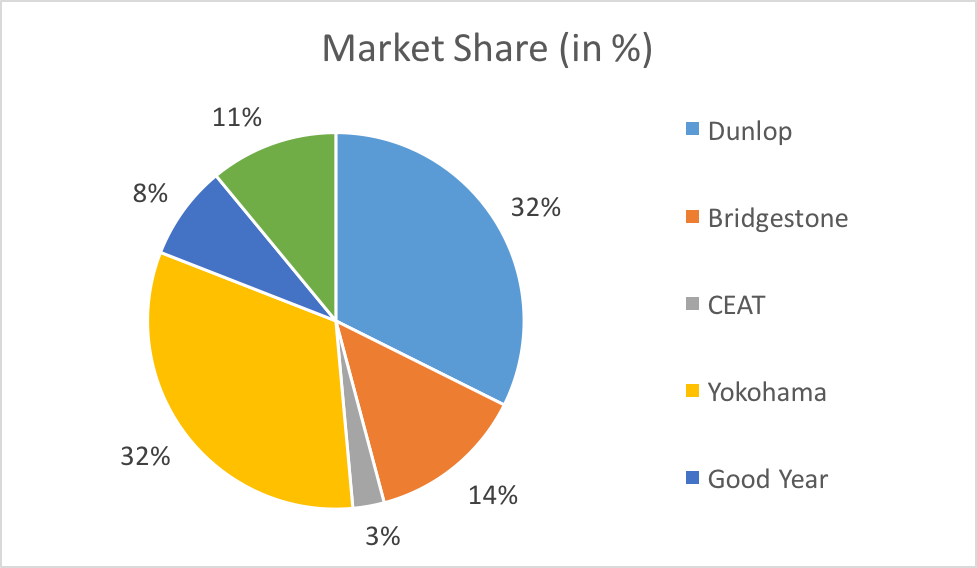
Source: Survey
Total imports stood out at BDT 1,000 crore annually consisting of over 15 lakh pieces of tyres from India, China, Japan Vietnam, Thailand, and Indonesia are also in the list (The Daily Star, 2015).
The high import dependency of the tyre industry is mainly caused by the scarcity of raw materials (natural rubber), qualified labor, and a lack of local production units. A while ago Rahimafrooz and Nitol also moved to production. However, due to import dependency on raw materials and high capital investment requirements, the plans were put on hold.
The rubber used per unit of the product had been the highest in tyre industry. Local tyre producers have the edge to take a share of this market and raise the demand for rubber along with it.
Till date, the industry had been dominated by an inflated dependency on foreign imports. The announcement of the tax holiday in the tyre industry currently holds good prospects for local manufacturing units. A tax rebate is also proposed along with the announcement.
On the other hand, according to retailers, a locally made tyre for pickups or microbuses costs about 20% to 30% less than imported ones. Perhaps, the tax holiday could turn out to be a real opportunity for the local players to grab market share via offering high quality per unit price ratio to customers.
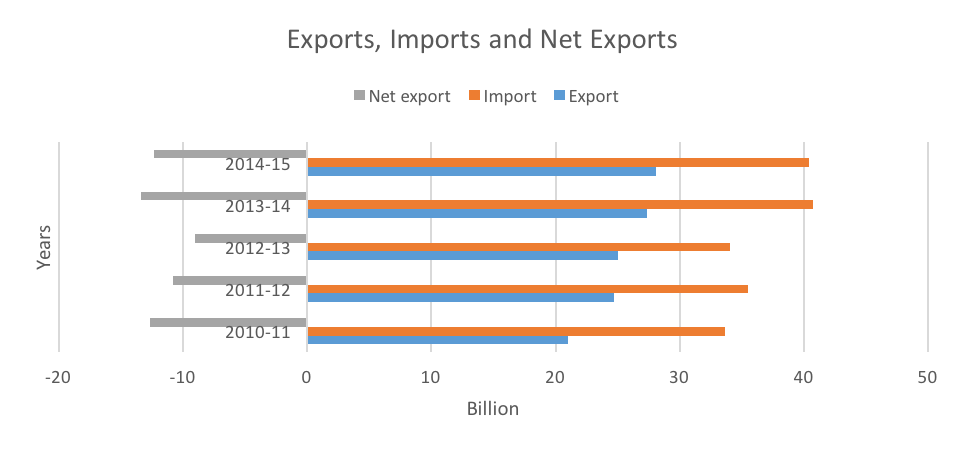
Source: Trading Economics, World Bank Data Bank
Till date, local manufacturing organizations have held very little of the tyre market. However, with a myriad of developments including tax breaks in key areas, increasing private car usage and economic vibrancy, local players are in a good position to launch themselves into the midst of their foreign competitors and take a share of the pie.
This research was conducted by Md Sifat Bin Raquib, a Junior Associate of LightCastle Partners.
Our experts can help you solve your unique challenges
Stay up-to-date with our Thought Leadership and Insights